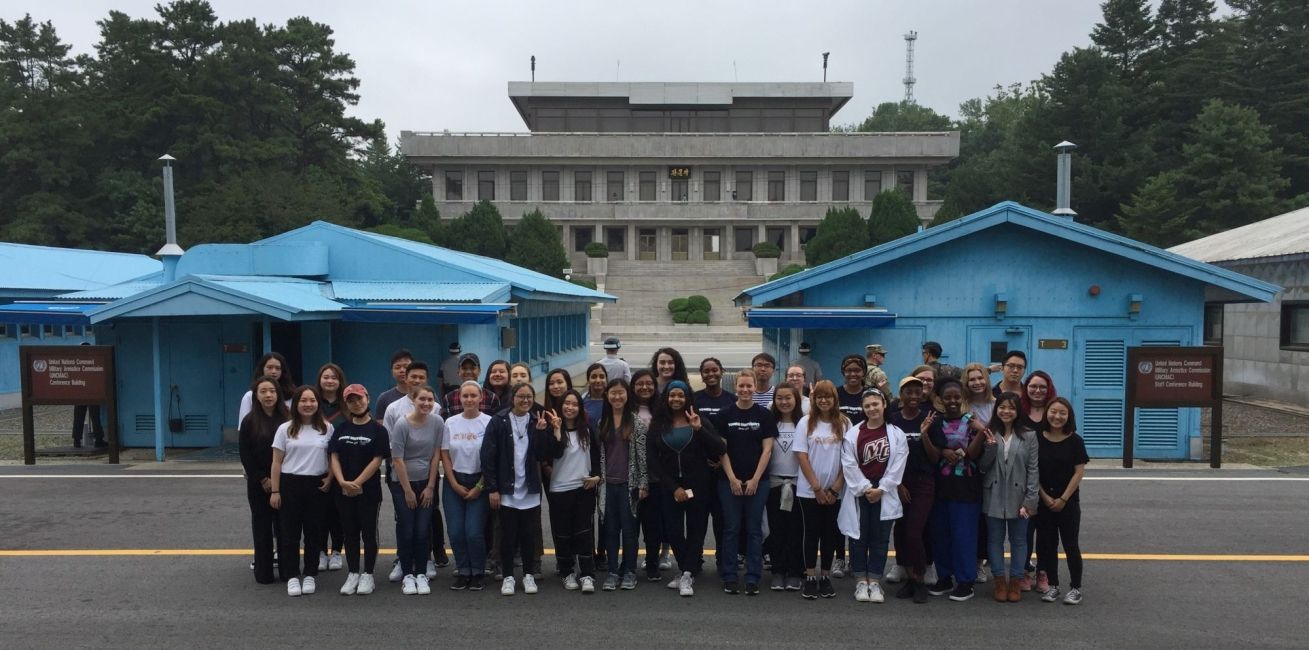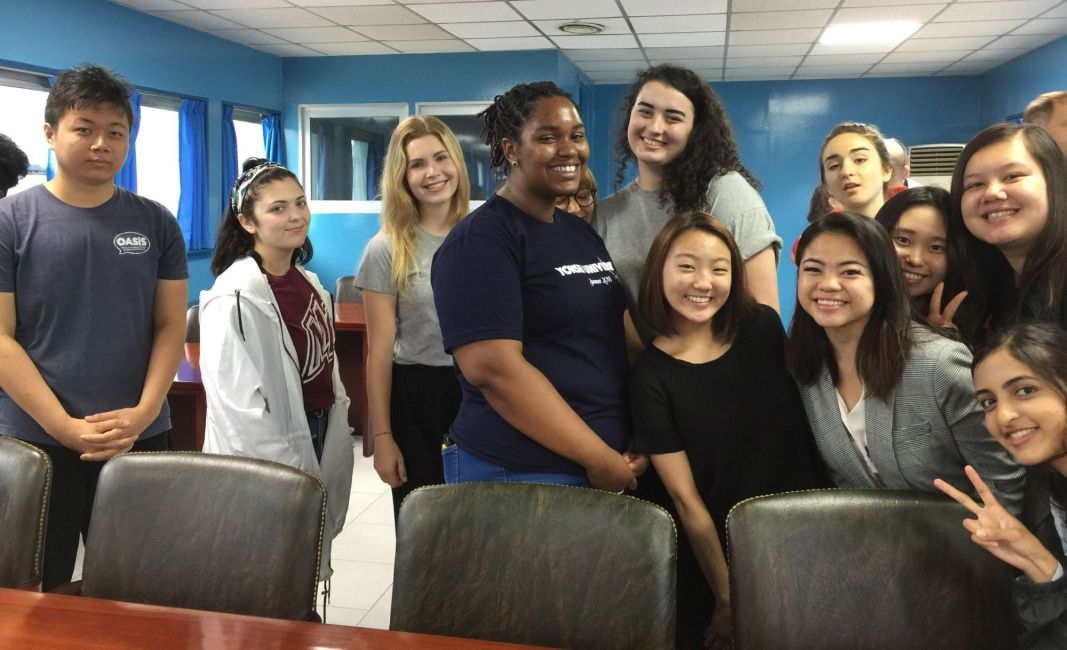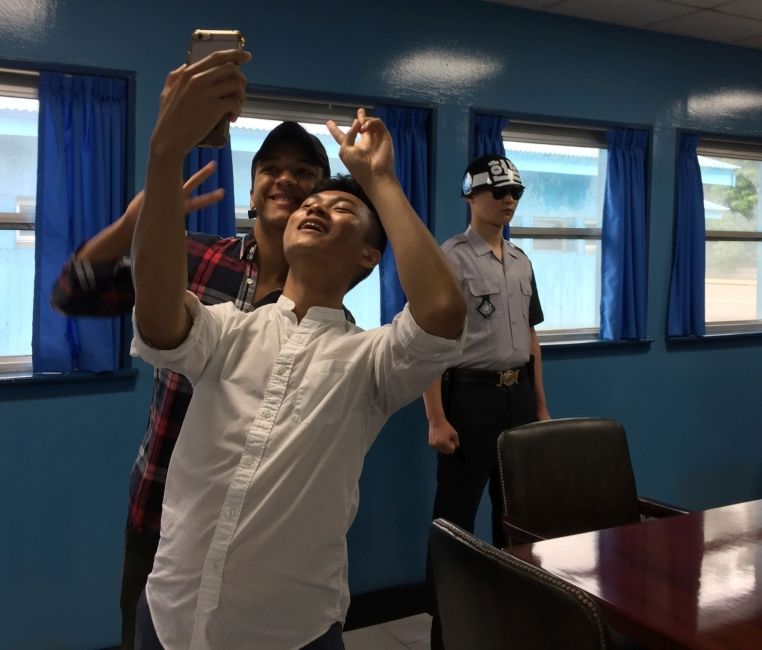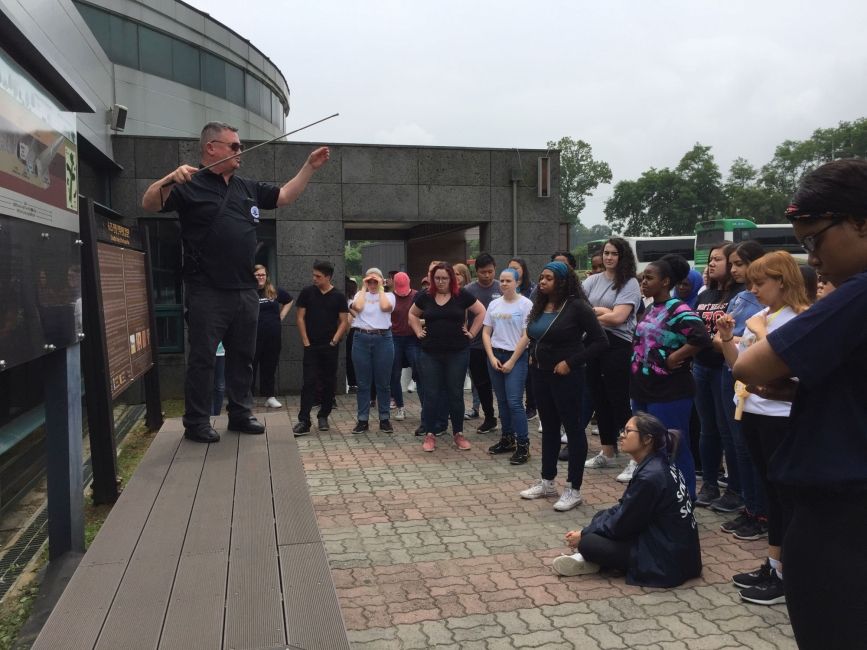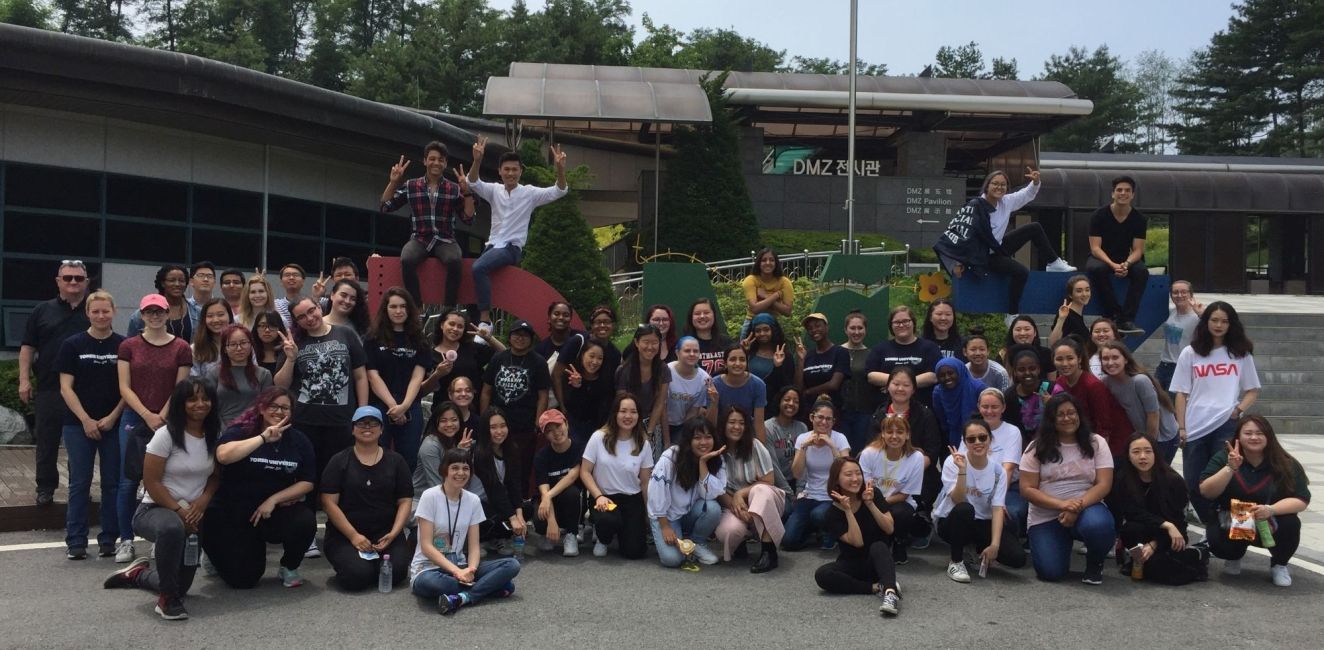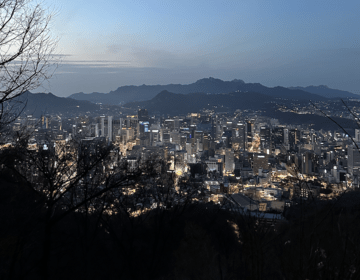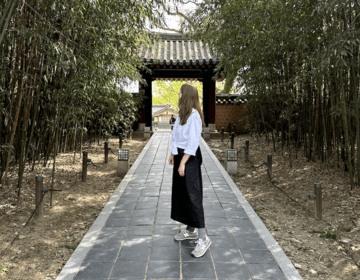Study Abroad and DMZ Musings
The photos are from our CIEE DMZ Excursion with our summer 2018 students. An excursion to the DMZ is included in all our programs, summer as well as our semester programs and some tailor-made faculty-led programs.
Our excursion is quite different from the commercial tours advertised in brochures found in hotel lobbies and tourist information kiosks. Ours is an academic tour to help students understand the history of the division and subsequent Korean War as well as the current status of the armistice and the armed forces. I believe it is important for students to understand the proximity of the DMZ to the city of Seoul and how the division and armistice has contributed to shaping the Korean psyche and society. Thus, we include a lecture by a man whose former military duties included negotiating armistice issues with the Chinese and North Korean officers at the Joint Security Area (JSA).
Since we always take students to the DMZ, I have been there more than 50 times. But this time with our summer students felt different. Perhaps because of the recent events that have placed the Koreas in the limelight—the meeting within the DMZ of the presidents of North and South Korea and the summit between Trump and the leader of North Korea. These were suddenly brought into focus in my mind’s eye when the United Nations bus that my group was riding made a detour into the Neutral Nations compound to drop off some visitors who were sharing our bus, and I chanced to see the blue foot bridge on which the leaders of the two Koreas had chatted over tea, an extraordinary scene the news media had shared worldwide only a few weeks earlier. It was surreal and triggered all kinds of thoughts.
I couldn’t help reflecting on how different things were from a year ago when all the talk was of missiles and weapons and going to war. And I couldn’t help thinking how wonderful it would be if we could travel freely between the two Koreas should peace come to this divided land.
I also thought about what might happen to the 2-kilometer-wide swath of land dotted with landmines that stretches across the peninsula at the 38th Parallel, dividing it into North and South Korea. Because this area has been off limits to people for 65 years, it has become a haven for wildlife and the most well-preserved temperate landscape in the world. At least 5,097 animal and plant species, including 106 that are labeled endangered or protected, are known to exist in this no man’s land. Should peace come to the Koreas and the DMZ cease to exist, I hope this large 155-mile strip of land will be maintained as a nature reserve where student groups can go to learn the importance of different plants and animals to the ecosystem, rather than learn about war and the division of peoples.
Related Posts
Managing Expectations at the Halfway Point
This Friday marks eight weeks since I arrived in Seoul! I think this is a great time to reflect on the realities of my experience so far, so that you... keep reading
Reflecting On My Birthday....
Can you imagine my panic when I realized that I was to arrive in South Korea only a few days before my birthday! Albeit that was a very long time... keep reading
A Weekend in Jeonju: Hanoks, Tea Houses, and Hanji
My mom is visiting this week, and for the weekend, we decided to take a trip outside Seoul to see one of the biggest hanok villages in Korea, located in... keep reading
